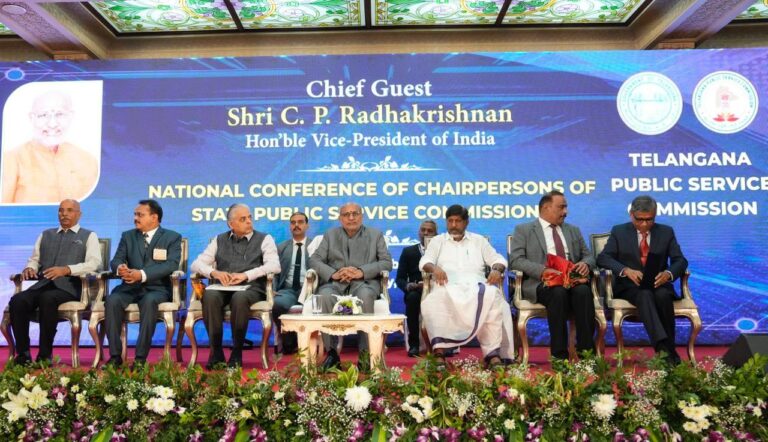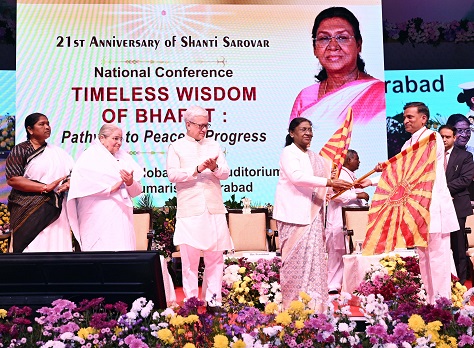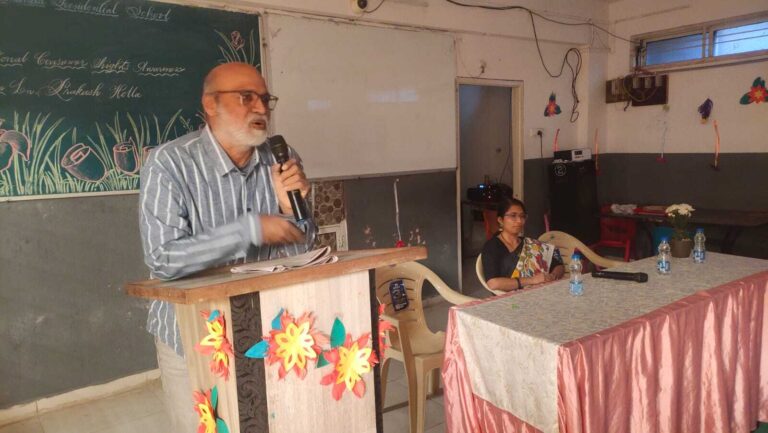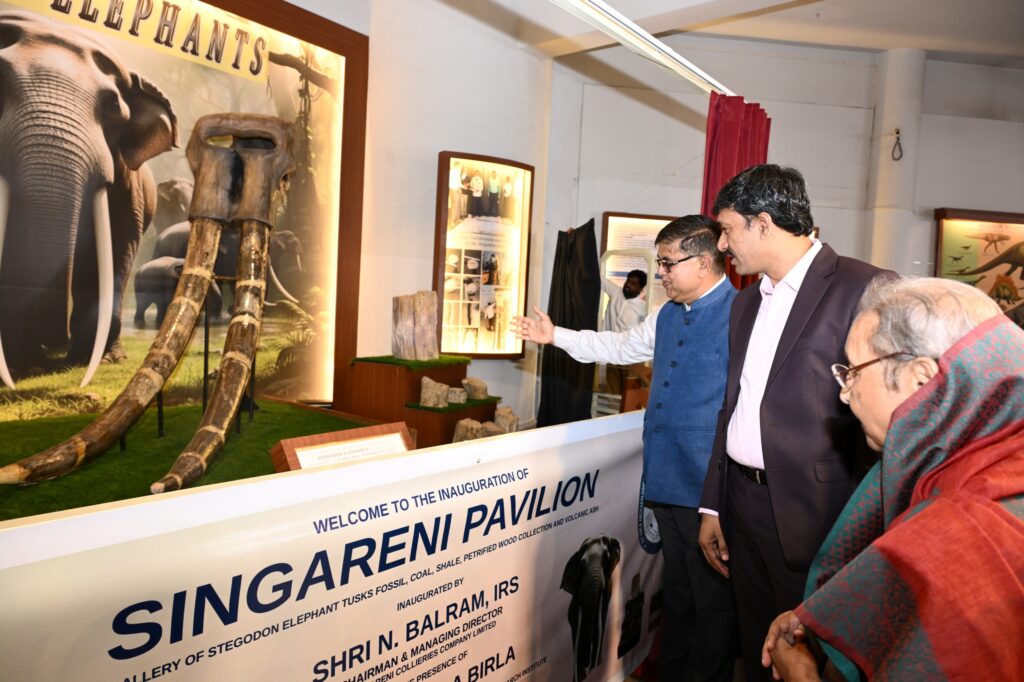

HYDERABAD, OCTOBER 11, 2025: A special pavilion featuring fossils of the Stegodon species elephant, dating back millions of years, was discovered in Singareni.
The Singareni Pavilion, set up at the renowned Birla Science Centre, Hyderabad, was inaugurated by Singareni CMD N Balram and Nirmala Birla, Chairperson of the G.P. Birla Archaeological, Astronomical and Scientific Institute, on Saturday in Hyderabad.
This pavilion showcases the fossilised tusks of the Stegodon species elephant, estimated to be 11 million years old, and fossilised wood dating back to the dinosaur era, discovered during excavations at the Medipalli Opencast Mine in the Ramagundam-I Area of Singareni.
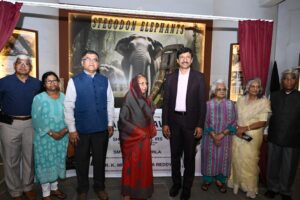
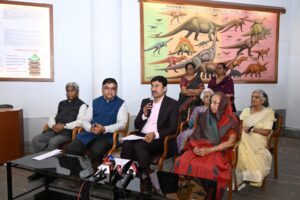
CMD N Balram stated that about four years ago, during mining operations at Medipalli Opencast Mine, two large elephant tusks and jawbones were discovered in fossilised form. Scientists later confirmed these as remains of the Stegodon species, an ancient elephant that roamed the Godavari basin region nearly 11 million years ago and became extinct around 6,000 years ago. He expressed immense pride that these prehistoric relics are now being displayed at the prestigious Birla Science Centre, enabling the public and students to witness Singareni’s deep natural history.
He thanked the Birla Science Centre for its continuous efforts to promote scientific thinking among the public, noting that the science institutions established under the Birla Foundation have significantly contributed to enhancing students’ intellectual curiosity. He emphasised that showcasing such prehistoric remains, alongside displays of astronomical, geological, and scientific discoveries, plays a vital role in inspiring scientific temper and curiosity among youth and society. Shri Balram also said that it was a matter of great pride for Singareni to be associated with prestigious national institutions such as ISRO, the Geological Survey of India, and the Atomic Energy Commission of India, which support the Centre’s activities.
Speaking on the occasion, Dr K. Mrutyunjaya Reddy, Director of the B.M. Birla Institute, expressed happiness that Singareni had preserved and shared such an important prehistoric discovery with them. He mentioned that the Birla Museum had earlier reconstructed a dinosaur skeleton using fossils found in Adilabad District, and now, fossils of the Stegodon elephant, which lived during roughly the same period, have been installed adjacent to the Dinosaur Pavilion.
How the fossils were discovered:
About four years ago, during quarrying operations at Medipalli Opencast Mine near the Godavari River in Ramagundam-I Area, workers noticed four elongated fossil-like structures resembling curved horns. Suspecting them to be ancient animal remains, they informed the management, which later referred them to scientific experts. Upon examination, researchers identified them as fossilized tusks of the Stegodon species, which lived in this region around 11 million years ago and disappeared about 6,000 years ago.
Unlike modern elephant tusks that are 2–3 feet long, the Stegodon tusks were found to be up to 12 feet in length, belonging to an elephant that stood about 13 feet tall and weighed nearly 12.5 tons. Fossil remains of the Stegodon species have previously been found along the tributaries of the Narmada River in Madhya Pradesh and in only a few locations worldwide.
Of the two pairs of tusks discovered in Singareni, one pair has now been presented to the Birla Science Museum, while the other pair had earlier been handed over to the Nehru Zoological Park, Hyderabad, by the Singareni management.

